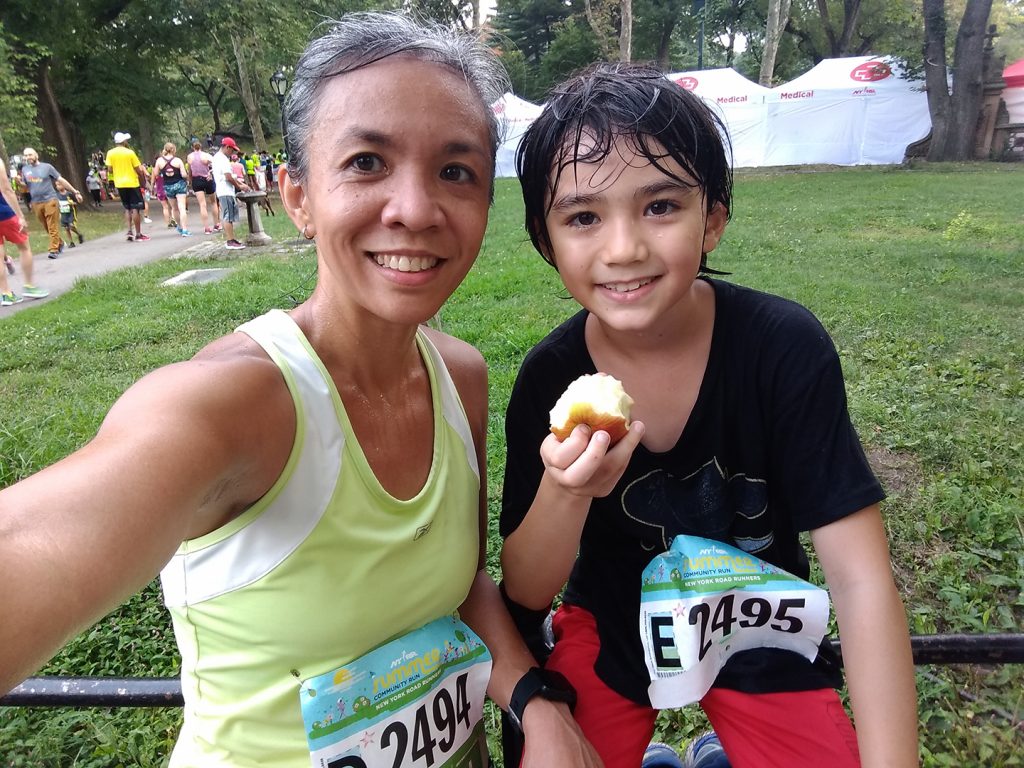
Finisher in his first race!

Bump to baby on the beaten expat track

It is really cute to watch kids run a race. New York Road Runners has a Rising New York Road Runners program that helps get kids out and active. At the end of popular races, they also have kids compete in age bracket-specific competitions. (Think of the two-year-olds trying to run 50m and try not to smile!) They even get their very own very funny sports commentator rattling off race highlights.
I’m biased, yes, but aren’t these cute:
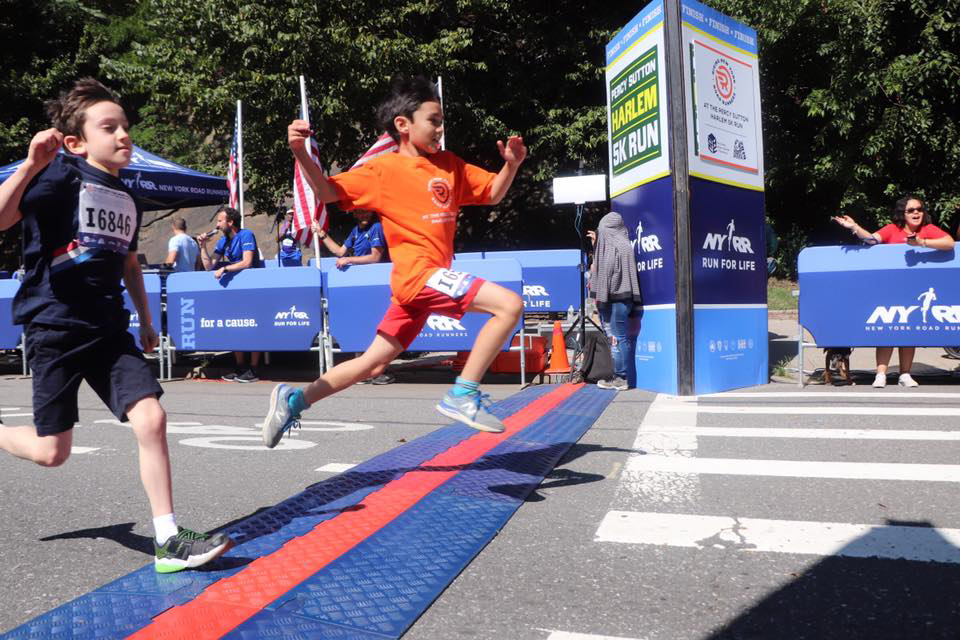
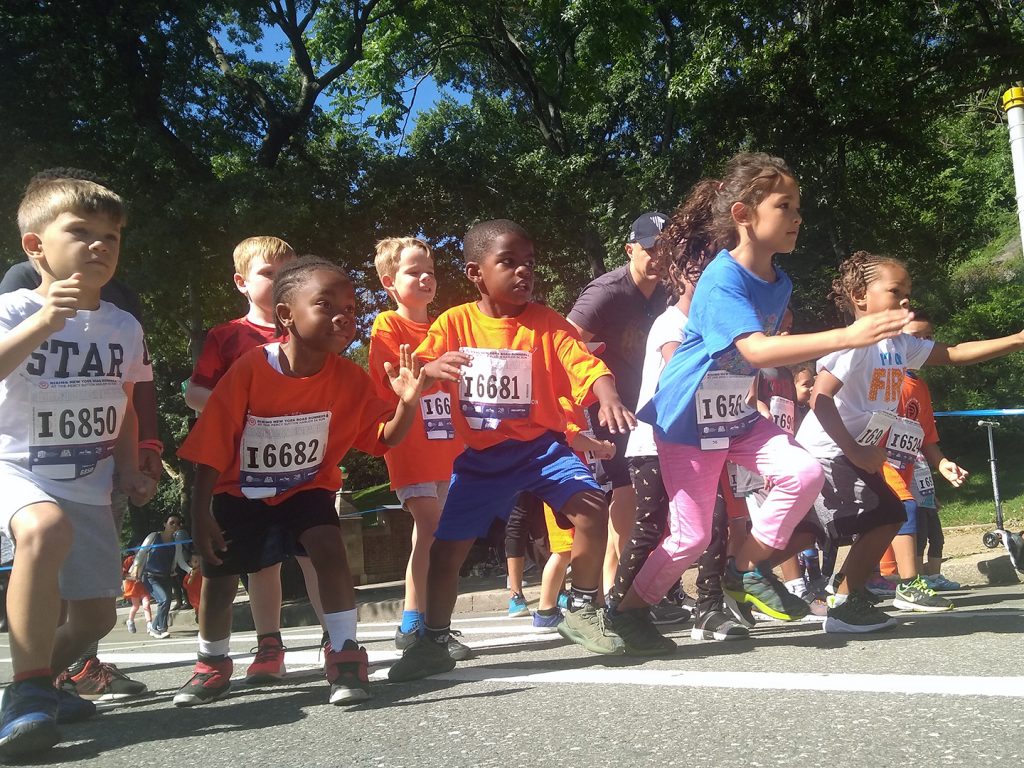
Establishing healthy habits in kids is no easy task. But it’s more important than ever, considering the gamut of health problems caused by inactivity – from poor mental and emotional resilience to disabling and fatal diseases.
Like other families, we’re constantly challenged to stay active. How do we encourage kids to make a habit of integrating movement into daily life, a basic skill that affects so many aspects of mental, emotional and physical well-being? It’s an exercise in creativity to make physical activity routine, while at the same time creating memories and strengthening our relationship with them.
And how do you make that habit stick?
While we love organized sports, it’s a significant commitment. The kids are age-segregated so won’t be in the same camp time/day. This increases the time, effort and expense of shuttling them to practices/games that are on fixed schedules. Did I mention the costs? There are so many points in this chain where our motivation can break no matter how we prioritize it.
For economy of effort, we focused on making the little things count. And we looked at running as a cost-effective and convenient activity (doable anywhere and anytime) that draws several goals together for us as a family.
Here’s our ongoing journey, from the daily efforts to running in NYC’s Bronx Zoo Run for the Wild 5K to developing a homeschool curriculum around the lessons we learn along the way.
…….
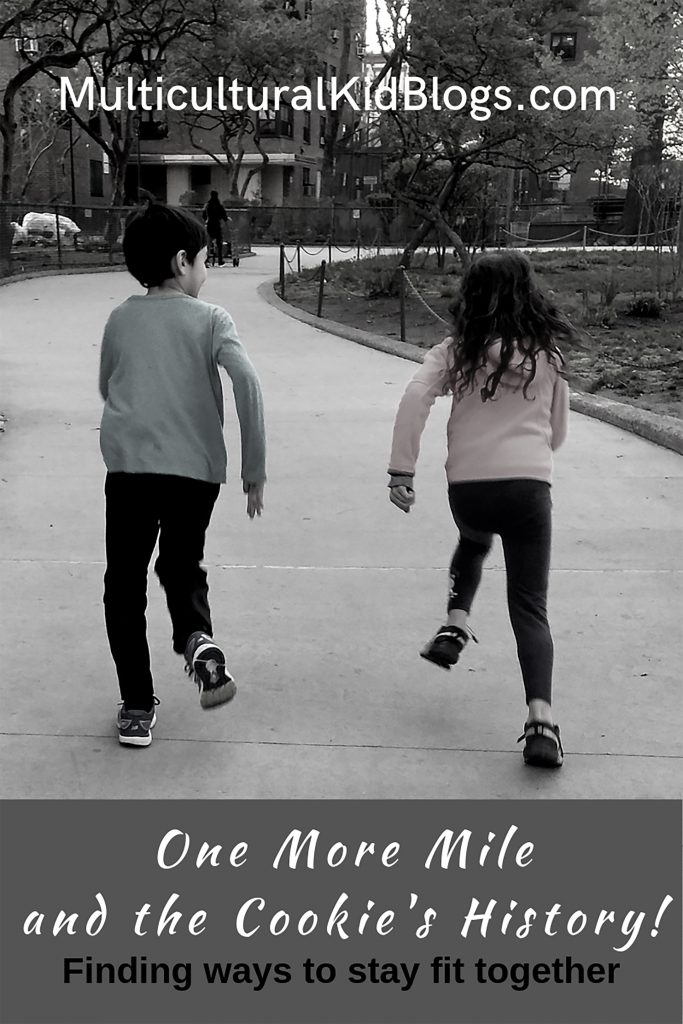
Even with a compelling wealth of evidence, more of our own efforts at modeling healthy habits fail than not. So it’s even tougher to help our kids understand the system that impacts their choices and the long game that is their mental, emotional and physical health and well-being. This makes every effort count because the human mind and body are capable of amazing things when it’s in the best condition it can be. The healthiest life attainable is our goal.
Read the entire article at Multicultural Kid Blogs, written for National Physical Fitness and Sports Month.
I was eight when I experienced Halloween for the first time. It was our first year in the US, and my Aunt took me trick-or-treating with my cousins. Remember those costumes in a box, plastic mask on top of the neatly folded outfit underneath? I was Supergirl. When that first door opened and candy dropped into my orange pumpkin basket, the entire scope of my being focused completely on the singular goal of getting and devouring more sugar.
As a mom, the thing of wonder Halloween became for me that day is something I enjoy sharing with my kids. Lisa Ferland’s bedtime picture book, When the Clock Strikes on Halloween, brings back those memories.
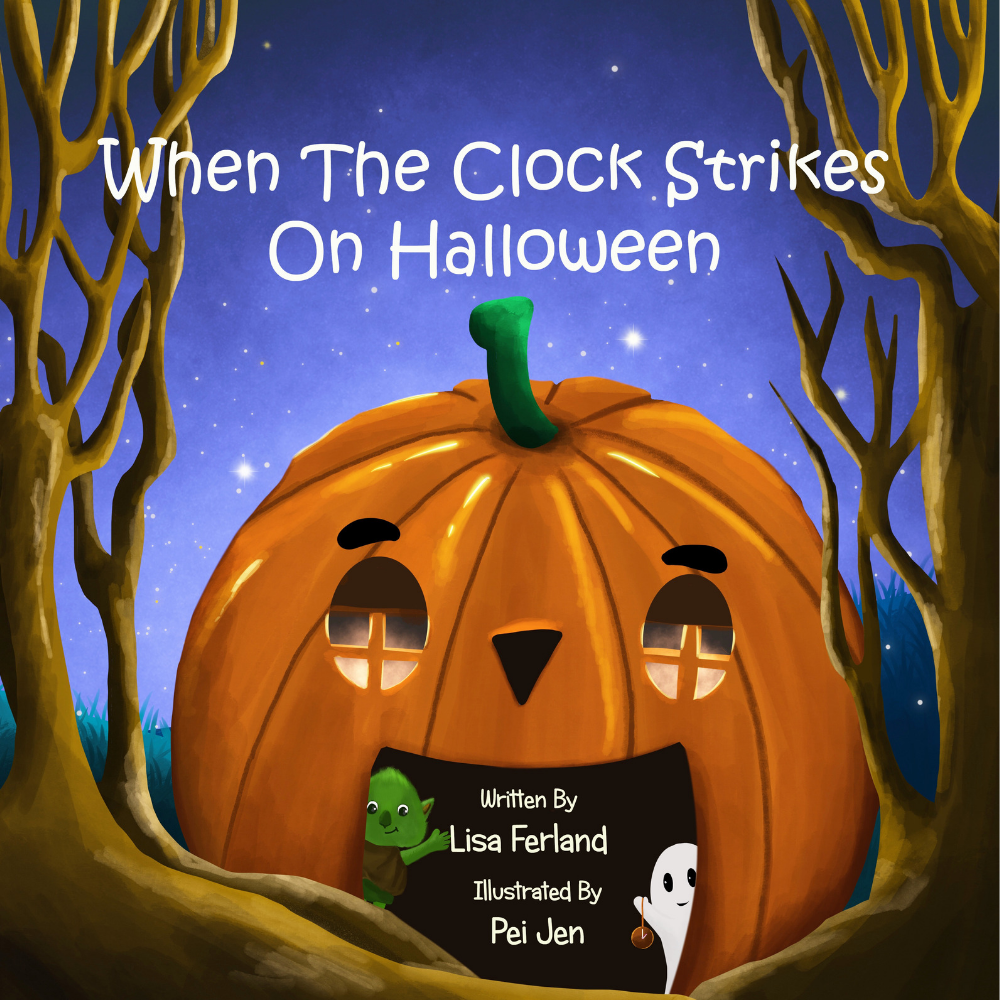
It is Halloween. Mummies and goblins and witches all know it’s a big day, and we follow them through their tricks and their treats, as a big clock counts down the hours. What is the goblin doing at three? Where are the witches going at six? Who are all these creatures?
It is beautifully illustrated by Pei Jen, with lots of fun and cute details to engage the young reader’s curiosity.
Adding in the time element is useful. With the countdown, children are introduced to the concept of telling time (by analog) and what happens sequentially through the day, e.g., the sun goes down and it gets dark in the evening.
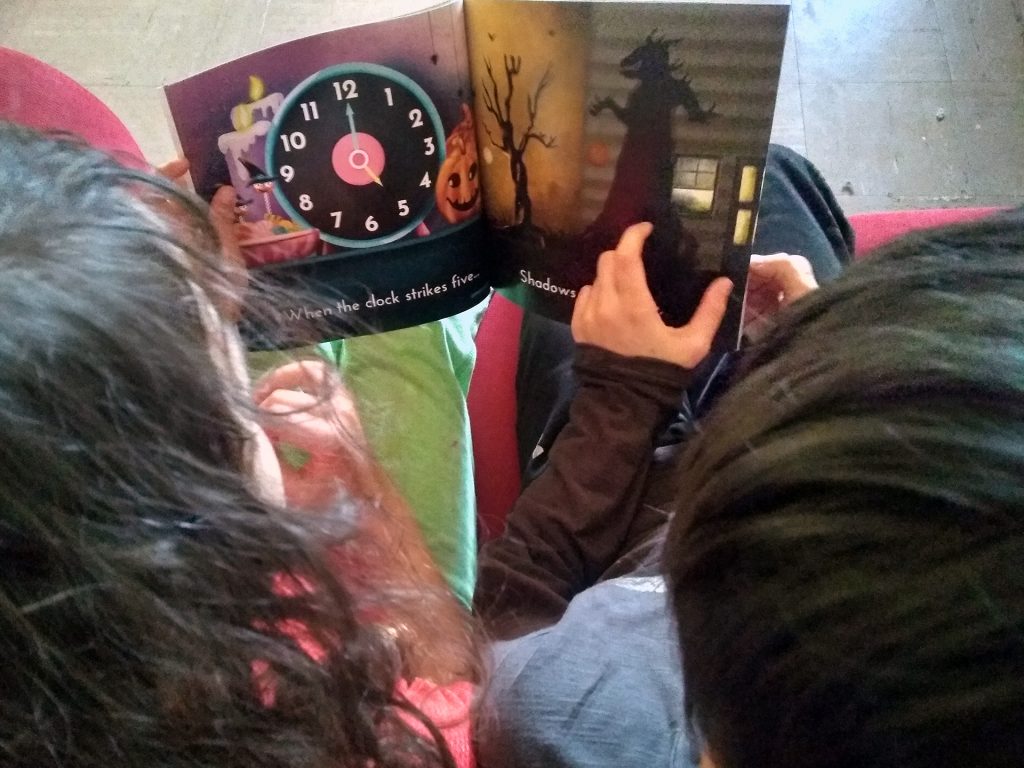
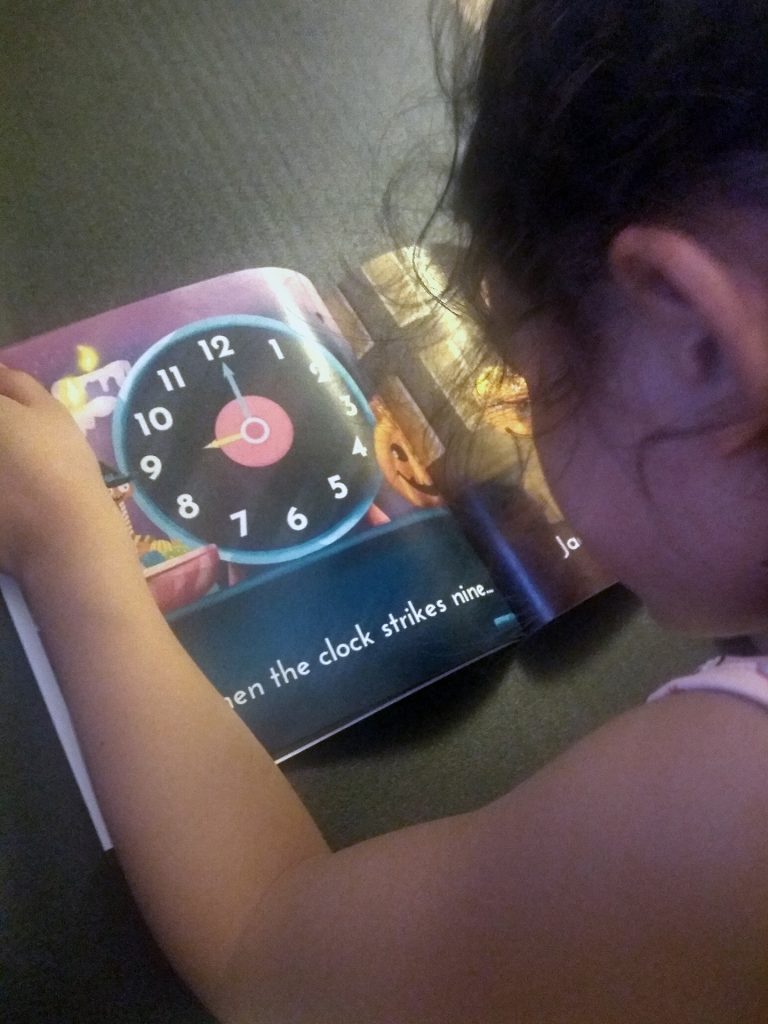
What I love are the questions at the end for open-ended discussions, to nurture comprehension and critical thinking. It’s never too early to help kids make sense of incoming information!
For disclosure, I received a book from Lisa to review. But it made our night time rotation with my daughter asking her older brother to read it to her. And it got the kids thinking forward to Halloween. They had to mark it on our wall calendar and counted the months left (six! how time flies!). Now they’re also talking about what they want to be, because they help make their costume every year!
All in all, this picture book is great for kids up to eight years old. And I’m looking forward to more books from Lisa and Pei!
Check out this book and all of Lisa’s other books on Kickstarter!
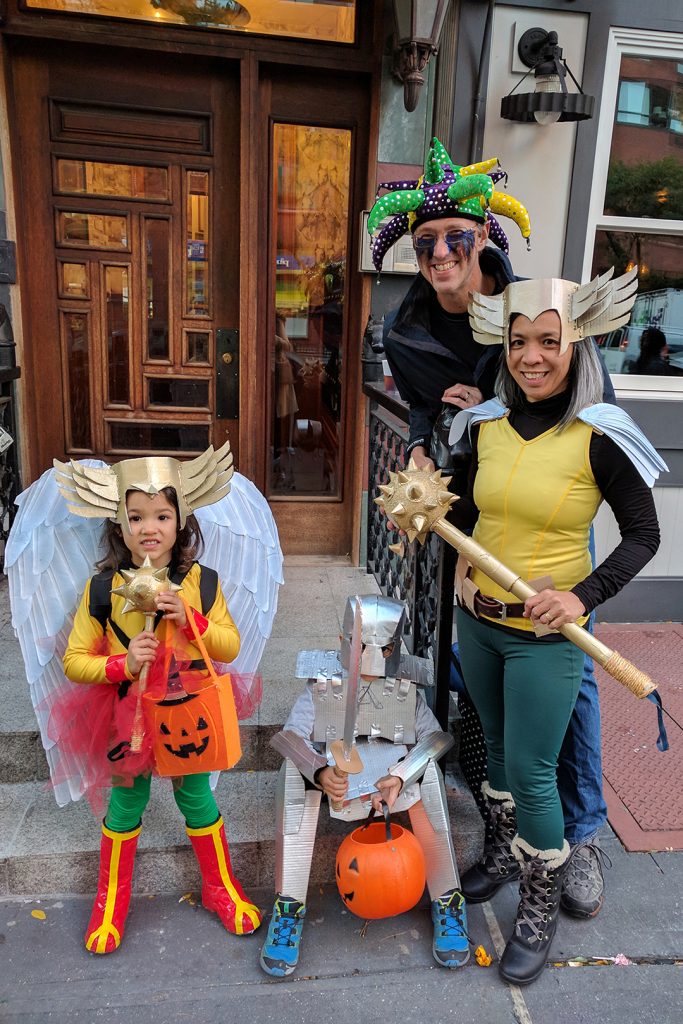

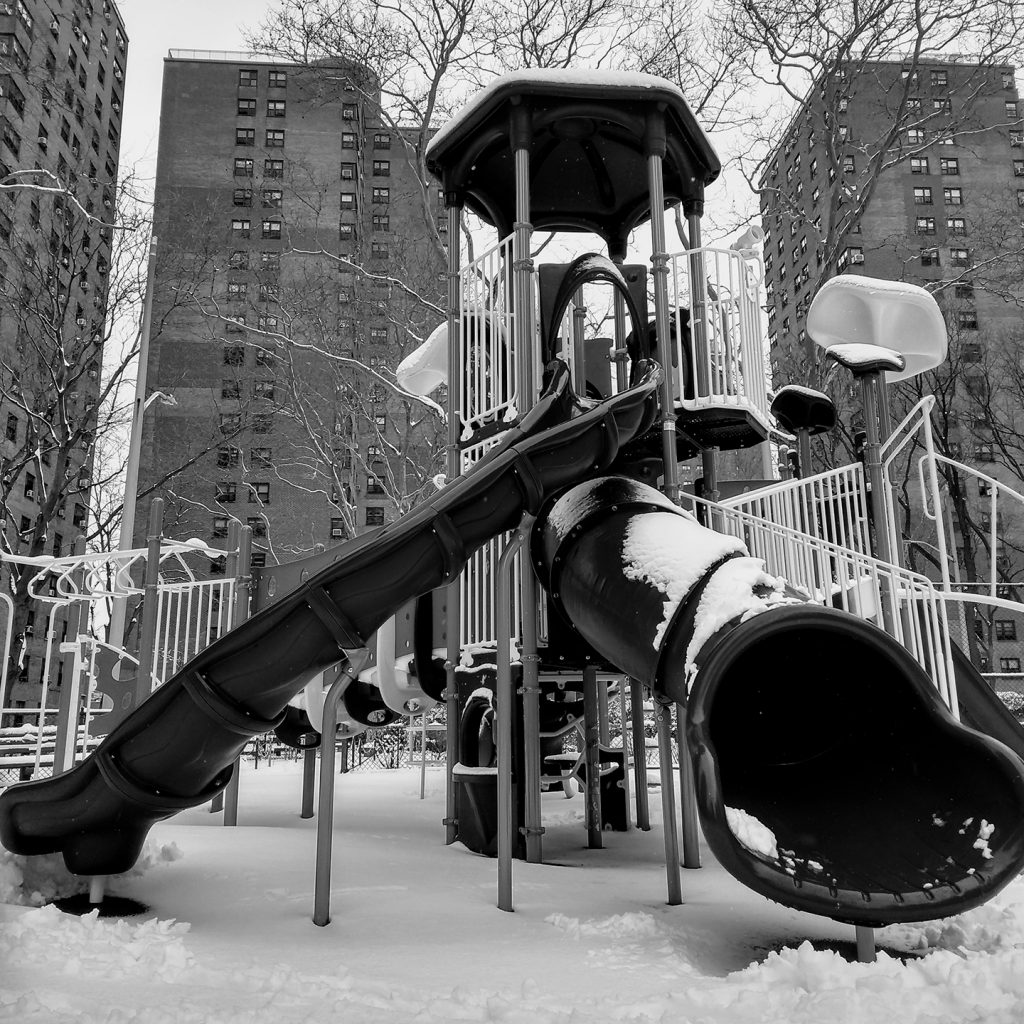







As families journey through life together they’ll face important, complex questions at each phase. With over a hundred years of experience, it is now an enormous community of birth parents, adoptive parents and families, and adoptees that Monica and her colleagues at Spence-Chapin have nurtured. ..
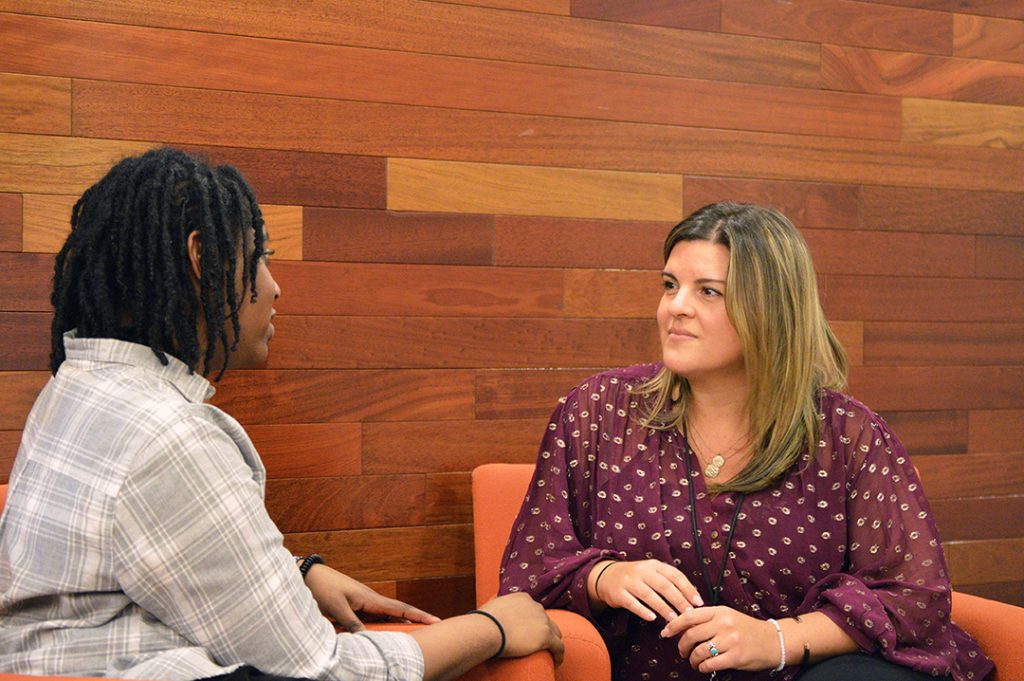
Read the rest of the article on the Spence-Chapin blog, where it was written for Social Workers Month.